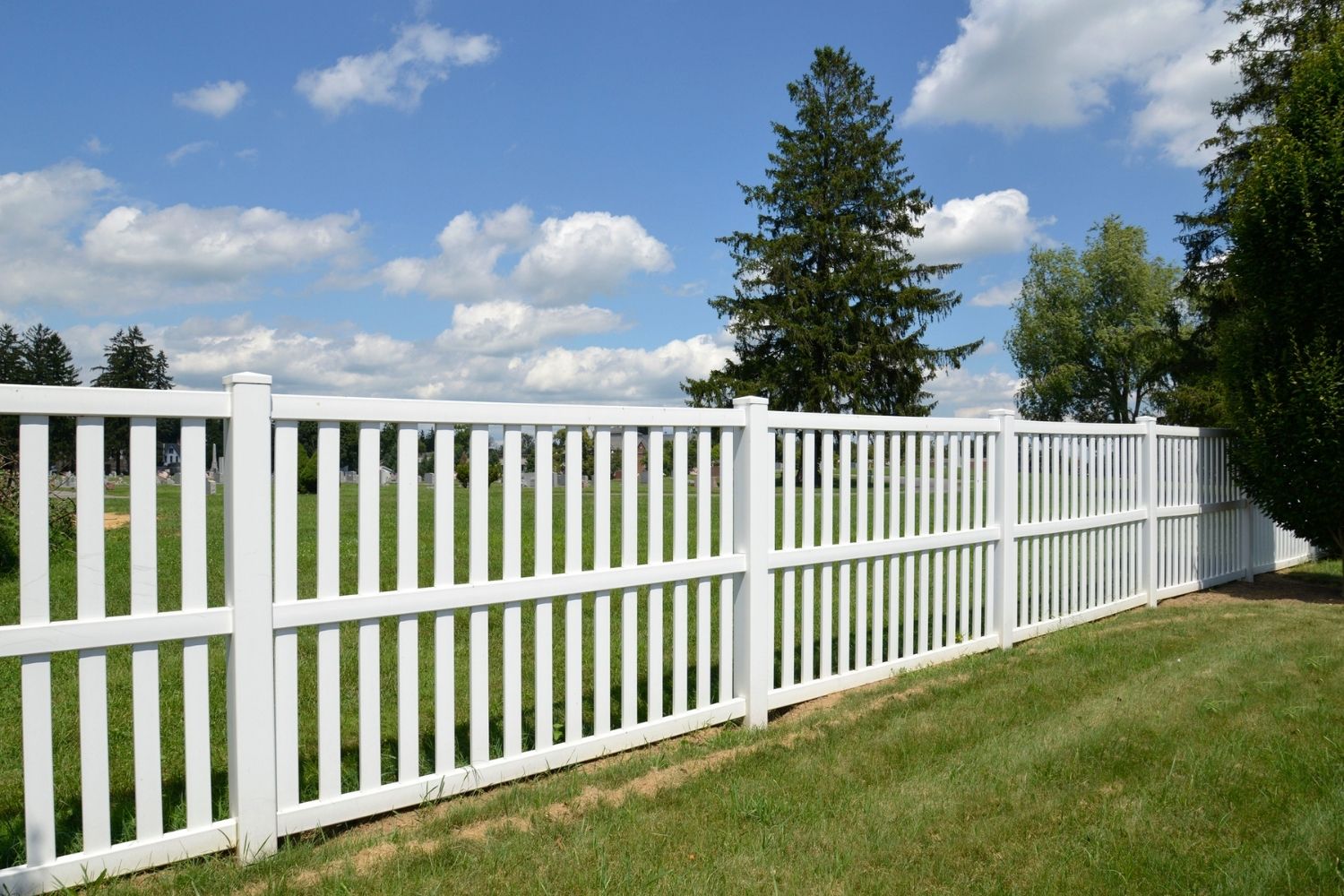

Articles
How Much Does Vinyl Fence Cost
Modified: December 7, 2023
Find detailed articles on the cost of vinyl fences and get an idea of how much you can expect to spend on this popular fencing option.
(Many of the links in this article redirect to a specific reviewed product. Your purchase of these products through affiliate links helps to generate commission for Storables.com, at no extra cost. Learn more)
Introduction
When it comes to fencing options for your property, vinyl fencing has become increasingly popular due to its durability, low maintenance requirements, and aesthetic appeal. However, before you embark on installing a vinyl fence, it’s important to understand the cost factors involved. In this article, we will explore the various aspects that determine the price of a vinyl fence and help you make an informed decision for your fencing needs.
Vinyl fence cost can vary depending on several factors, including material costs, installation fees, labor costs, additional expenses, and ongoing maintenance and repair costs. By understanding these factors, you can better estimate the overall investment required for installing a vinyl fence on your property.
Next, we will delve into each of these factors in detail to provide you with a comprehensive understanding of vinyl fence cost.
Key Takeaways:
- When considering a vinyl fence, factor in the cost of materials, installation fees, labor costs, additional expenses, and maintenance. Investing in high-quality materials and professional installation can ensure long-term satisfaction and durability.
- While vinyl fences may have a higher upfront cost, their low maintenance requirements and long lifespan make them a cost-effective choice in the long run. Consider local regulations, property boundaries, and future plans before installing a vinyl fence.
Read more: How Much Does A Concrete Fence Cost
Factors Affecting Vinyl Fence Cost
Several factors come into play when determining the cost of a vinyl fence. These factors include the cost of materials, installation fees, labor costs, additional expenses, and ongoing maintenance and repair costs. Let’s take a closer look at each of these factors:
- Cost of Materials: The cost of the vinyl fence materials is a significant factor in overall cost. The price of the vinyl panels, posts, gates, and accessories can vary depending on the quality, design, and brand. Higher-quality materials may come with a higher price tag, but they often offer better durability and longevity, making them a worthwhile investment.
- Installation Fees: If you choose to have professionals install the vinyl fence, installation fees can add to the overall cost. The complexity of the installation, the size of the area to be fenced, and any additional features like gates or decorative elements can affect the installation fees. It’s essential to get quotes from reputable contractors to understand the installation costs involved.
- Labor Costs: If you decide to hire professionals for the installation, labor costs will be an additional expense. Labor costs can vary depending on the region, the contractor’s expertise, and the scope of the project. It’s recommended to get multiple quotes and choose a contractor with a proven track record and fair pricing.
- Additional Costs to Consider: There may be additional costs to consider when installing a vinyl fence. These can include permits and inspections, site preparation, removal of old fencing, and any modifications or enhancements you want to add to the fence, such as decorative post caps or gates. Factoring in these additional costs will give you a more accurate estimate of the overall investment required.
- Maintenance and Repair Costs: One of the advantages of vinyl fencing is its low maintenance requirements. However, it’s important to consider the long-term costs of cleaning, occasional repairs, and potential replacements. While vinyl fences are generally more durable and resistant to rot, pests, and weather damage compared to other fence materials like wood, occasional maintenance and repairs may be necessary over time.
Understanding these factors will help you assess the overall cost of installing a vinyl fence on your property. As we continue, we will explore how vinyl fence cost compares to other types of fencing and the factors you should consider before making a decision.
Cost of Materials
When it comes to vinyl fences, the cost of materials is one of the significant factors that determine the overall expense. The price of materials for a vinyl fence can vary depending on several factors, including the quality, design, brand, and the specific components required for your fencing project.
Typically, the materials needed for a vinyl fence installation include vinyl panels, posts, gates, and accessories such as post caps and hardware. The quality and thickness of the vinyl panels can impact the cost. Thicker panels are generally more durable and offer better resistance to weathering and damage. They also tend to be more expensive.
The design and style of the vinyl fence can also affect the material cost. While basic straight-line panels are generally more affordable, decorative or specialty designs may come with a higher price tag. Additionally, if you choose to incorporate details such as lattice or scalloped tops, the cost of materials will increase.
Another factor to consider is the brand of the vinyl fencing material. Different manufacturers offer various grades of vinyl, each with its own price point. It’s essential to research and choose a reputable brand that provides high-quality materials for your desired price range.
When estimating the cost of materials for a vinyl fence, it’s advisable to calculate the linear footage of the fence you need. This involves measuring the perimeter or length of the area you want to enclose. By multiplying the linear footage by the cost per foot of the vinyl fence materials, you can get an estimate of the material cost.
Keep in mind that it’s important not to compromise on the quality of the materials to save on costs. Investing in higher-quality vinyl fencing materials will ensure better longevity, durability, and overall satisfaction with your fence.
In the next section, we will explore the cost of installation, which is an additional factor to consider when assessing the overall expense of a vinyl fence.
Cost of Installation
The cost of installation is another significant factor to consider when estimating the overall expense of a vinyl fence. While some homeowners may choose to install the fence themselves, it is often recommended to hire professionals for a seamless and efficient installation process.
The cost of installation can vary depending on various factors, including the complexity of the installation, the size of the area to be fenced, and any additional features or customization required.
Complex installations, such as on uneven terrain or around obstacles like trees or rocks, may require additional time and effort, which can result in higher installation costs. Similarly, larger areas that require a longer fence will naturally incur higher installation fees compared to smaller areas.
In addition to the basic installation of the vinyl panels and posts, there may be extra charges for installing gates, decorative elements, or other customized features. These additional features often require more time and specialized skills, which can affect the overall cost of installation.
It’s important to get quotes from reputable contractors to have a clear understanding of the installation costs involved. Obtaining multiple quotes will also allow you to compare prices and select a contractor that offers a fair price for their services.
While it may be tempting to choose the lowest-priced installation option, it’s important to consider the expertise and reputation of the contractor. Hiring a skilled and experienced professional ensures that the installation is done correctly, preventing any issues or future costly repairs.
By factoring in the cost of installation, you can get a better estimation of the overall investment required for your vinyl fence. However, the installation cost is just one part of the equation. In the next section, we will explore the labor costs associated with a vinyl fence installation.
Labor Costs
When considering the installation of a vinyl fence, labor costs are an important factor to take into account. Unless you have the necessary skills and experience, it’s advisable to hire professionals to ensure a proper and efficient installation.
The labor costs associated with a vinyl fence installation can vary depending on several factors:
- Region: Labor costs can vary based on geographic location. Areas with higher living costs and increased demand for services may have higher labor rates.
- Complexity of the Installation: The complexity of the installation can impact the labor costs. If your property has challenging terrain, slopes, or obstacles, the installation process may require more time and effort.
- Size of the Area: The size of the area to be fenced can influence the labor costs. Larger areas will naturally require more time and labor to install, resulting in higher costs.
- Additional Features: If you plan to include gates, decorative elements, or customized features, the labor costs will increase. Installing these additional features often requires more time and specialized expertise.
When seeking a contractor for your vinyl fence installation, it’s recommended to obtain multiple quotes. This will allow you to compare prices and choose a contractor with a fair and competitive labor cost estimate. However, it’s essential to prioritize the expertise and reputation of the contractor over the cost alone. A skilled professional will ensure that the installation is done correctly, minimizing the risk of future issues or expensive repairs.
While labor costs may add to the overall expense of installing a vinyl fence, hiring professionals for the job can save you time, effort, and potential headaches. Their experience and knowledge will result in a smoother and more efficient installation process, giving you peace of mind.
As we move forward, we will now explore additional costs that need to be considered when estimating the investment required for a vinyl fence installation.
When considering the cost of a vinyl fence, be sure to factor in the quality of the materials, installation fees, and any additional features such as gates or decorative elements. It’s also important to get multiple quotes from reputable contractors to ensure you’re getting a fair price.
Read more: How Much Does Invisible Fence Cost
Additional Costs to Consider
When estimating the overall cost of installing a vinyl fence, it’s important to consider the additional expenses that may arise during the process. These costs can vary depending on your specific needs and requirements. Here are some common additional costs to consider:
- Permits and Inspections: Before installing a vinyl fence, you may need to obtain permits from your local municipality. Permit costs can vary depending on your location and the regulations in place. Additionally, some areas may require inspections before or after the installation, which may incur additional fees.
- Site Preparation: The condition of the site where the fence will be installed can impact the cost. If there are existing fences or structures that need to be removed, you may need to hire professionals for the demolition or disposal, adding to the overall expense. Additionally, if the site requires leveling or clearing vegetation, these tasks may also incur additional costs.
- Modifications or Enhancements: If you want to customize your vinyl fence with special features or enhancements, such as decorative post caps, lattice inserts, or unique gate designs, these additions will result in extra expenses. It’s important to factor in these costs when budgeting for your project.
- Old Fence Removal: If there are existing fences on your property that need to be removed before the vinyl fence installation, you may need to hire professionals for the removal. The cost of removing and disposing of old fencing materials should be considered in your overall budget.
- Delivery: Depending on the supplier or contractor you work with, there may be delivery fees for the vinyl fence materials. It’s important to inquire about these costs beforehand to avoid any surprises.
Considering these additional expenses will provide a more accurate estimate of the total investment required for your vinyl fence project. It’s recommended to consult with professionals and obtain detailed quotes to have a clear understanding of these costs upfront.
Next, we will explore the maintenance and repair costs associated with a vinyl fence, as these expenses should be taken into consideration for the long-term investment.
Maintenance and Repair Costs
One of the advantages of a vinyl fence is its low maintenance requirements compared to other fencing materials like wood or iron. However, it’s important to consider the potential maintenance and repair costs associated with a vinyl fence over its lifespan.
While vinyl fences are generally more durable and resistant to common issues such as rot, pests, and weather damage, they may still require occasional maintenance and repairs. Here are some costs to consider:
- Cleaning: Vinyl fences are relatively easy to clean, typically requiring only a spray-down with a hose and gentle scrubbing if needed. However, if your fence is exposed to harsh elements, such as excessive dirt or mold growth, you may consider using specialized fence cleaners. These cleaning agents may incur additional costs.
- Repairs: Although vinyl fences are less susceptible to damage than other materials, accidents or natural wear and tear may occur. Common repairs include fixing loose or broken panels, repairing gate hinges or latches, or replacing damaged post caps. It’s important to address any issues promptly to prevent further damage and potential safety hazards.
- Replacement: While vinyl fences are known for their longevity, there may come a time when certain sections or components need to be replaced. This can be due to severe damage or an outdated design. The cost of replacement will depend on the extent of the replacement required.
By taking proper care of your vinyl fence and addressing any maintenance or repair needs promptly, you can extend its lifespan and minimize long-term costs. Regularly inspecting your fence, cleaning it as needed, and making any necessary repairs will help maintain its appearance and functionality.
Considering these maintenance and repair costs is crucial when assessing the overall investment required for a vinyl fence. While vinyl fences often require less maintenance compared to other materials, it’s important to allocate a portion of your budget for these potential expenses in the future.
In the next section, we will explore the cost comparison between vinyl fences and other popular fence types.
Cost Comparison with Other Fence Types
When deciding on a fencing option for your property, it’s important to consider the cost comparison between vinyl fences and other popular fence types. While vinyl fencing has its unique advantages, it may not always be the most cost-effective option for every homeowner. Let’s explore the cost comparison between vinyl fences and other common fence types:
- Wood Fences: Wood fences are a classic option known for their natural beauty and versatility. However, they often require more maintenance and may have a shorter lifespan compared to vinyl fences. The initial cost of wood fences can vary depending on the type of wood used, but they may be more affordable than vinyl fencing. However, over time, wood fences can incur additional costs for staining, painting, and repairs, which may make vinyl fences more cost-effective in the long run.
- Chain Link Fences: Chain link fences are popular for their durability, affordability, and transparent appearance. They are typically the most budget-friendly option compared to vinyl fences. While they may not offer the same level of privacy and aesthetic appeal as vinyl fencing, they are a practical choice for properties that require security and boundary definition.
- Iron Fences: Iron fences are known for their elegance and sturdiness. They offer excellent security and durability but come with a higher initial cost compared to vinyl fences. Additionally, iron fences may require regular maintenance to prevent rust and corrosion. While they provide a timeless and sophisticated appearance, the cost of iron fences can outweigh the benefits for some homeowners.
- Composite Fences: Composite fences are a blend of wood fibers and plastic materials, offering the natural look of wood with the low maintenance benefits of vinyl. They are more expensive than vinyl fences but may be a suitable alternative if you want the visual appeal of wood without the maintenance requirements. Composite fences are resistant to rot, insects, and weather damage, making them a cost-effective long-term option.
It’s important to consider your specific needs, budget, and long-term goals when comparing the cost of different fence types. While vinyl fences may have a higher upfront cost compared to some other options, their low maintenance requirements and long lifespan can make them a cost-effective choice in the long run.
Before making a decision, it’s advisable to consult with professionals, gather quotes, and consider the durability, maintenance, and aesthetics of each fence type to determine the best option for your unique situation.
Next, we will discuss important factors to consider before installing a vinyl fence to ensure a successful project.
Factors to Consider Before Installing a Vinyl Fence
Before you proceed with installing a vinyl fence, there are several important factors to consider. Taking these factors into account will ensure that the installation process goes smoothly and that you make the best choice for your property. Here are some key factors to consider:
- Local Regulations: Check with your local municipality or homeowner’s association regarding any regulations or restrictions on fence height, design, and placement. Ensure that you obtain the necessary permits and adhere to any guidelines to avoid any issues or penalties in the future.
- Property Boundary: Determine the exact boundaries of your property to ensure that your fence is installed within the correct limits. Consulting with a professional surveyor can help you clearly mark the property lines and avoid any encroachment onto neighboring properties.
- Fence Purpose: Consider why you are installing a vinyl fence. Is it for privacy, security, aesthetic enhancement, or a combination of reasons? Understanding the primary aim of your fence will help you choose the right height, design, and features to suit your needs.
- Budget: Determine your budget for the vinyl fence installation, considering the cost of materials, labor, and any additional expenses. Setting a realistic budget will help guide your decisions and ensure that you can afford the desired quality and features for your fence.
- Design and Style: Explore different vinyl fence designs and styles to find one that complements your property’s aesthetics. Consider factors such as color, texture, and any decorative elements you may want to incorporate. It’s important to choose a fence design that enhances the overall appearance of your property.
- Maintenance Requirements: While vinyl fences are generally low maintenance, it’s important to understand the cleaning and maintenance tasks required to keep your fence in optimal condition. Consider how much time and effort you are willing to invest in regular cleaning and occasional maintenance.
- Future Plans: Consider your future plans for your property. Are you planning to make any changes, additions, or renovations that may impact the fence or its location? Taking these future plans into account can help you make informed decisions about the placement and design of your vinyl fence.
By carefully considering these factors, you can ensure that your vinyl fence installation meets your specific needs and preferences. It’s recommended to consult with professionals, gather multiple quotes, and seek their guidance to make an informed decision.
Now, let’s conclude and summarize the key points discussed in this article.
Read more: How Much Does Privacy Fence Cost
Conclusion
Installing a vinyl fence can be a great investment for your property, offering durability, low maintenance requirements, and an attractive aesthetic. Before embarking on a vinyl fence installation, it’s important to consider the various factors that can affect the overall cost.
Factors such as the cost of materials, installation fees, labor costs, additional expenses, and maintenance and repair costs all play a role in determining the total investment required. It’s crucial to carefully assess these factors and create a budget that aligns with your needs and financial capabilities.
While the cost of materials can vary based on the quality, design, and brand, it’s important not to compromise on the quality to save on costs. Investing in higher-quality vinyl fencing materials will ensure better longevity and durability.
The cost of installation and labor should also be taken into account. Hiring professional installers can ensure a proper and efficient installation, although labor costs may add to the overall expense. Obtaining multiple quotes will help you find a reputable contractor that offers fair pricing for their services.
Additionally, be sure to consider any additional costs such as permits and inspections, site preparation, removal of old fencing, and modifications or enhancements to the fence. These costs can vary depending on your specific requirements and must be factored into your budget.
Maintenance and repair costs should also be considered to ensure the long-term sustainability of your vinyl fence. While vinyl fences are generally low maintenance, occasional cleaning, repairs, and possible replacements may be necessary over time.
When comparing the cost of vinyl fences with other fence types, it’s important to consider factors such as durability, maintenance requirements, and aesthetics. While vinyl fences may have a higher initial cost compared to some options, their low maintenance needs and long lifespan make them a cost-effective choice in the long run.
Finally, before installing a vinyl fence, consider local regulations, property boundaries, the purpose of the fence, your budget, the design and style, maintenance requirements, and any future plans for your property. By taking these factors into account, you can make an informed decision and ensure a successful vinyl fence installation.
In conclusion, by thoroughly considering all the relevant factors and making informed choices, you can successfully install a vinyl fence that meets your needs, enhances your property, and provides long-lasting value.
Frequently Asked Questions about How Much Does Vinyl Fence Cost
Was this page helpful?
At Storables.com, we guarantee accurate and reliable information. Our content, validated by Expert Board Contributors, is crafted following stringent Editorial Policies. We're committed to providing you with well-researched, expert-backed insights for all your informational needs.
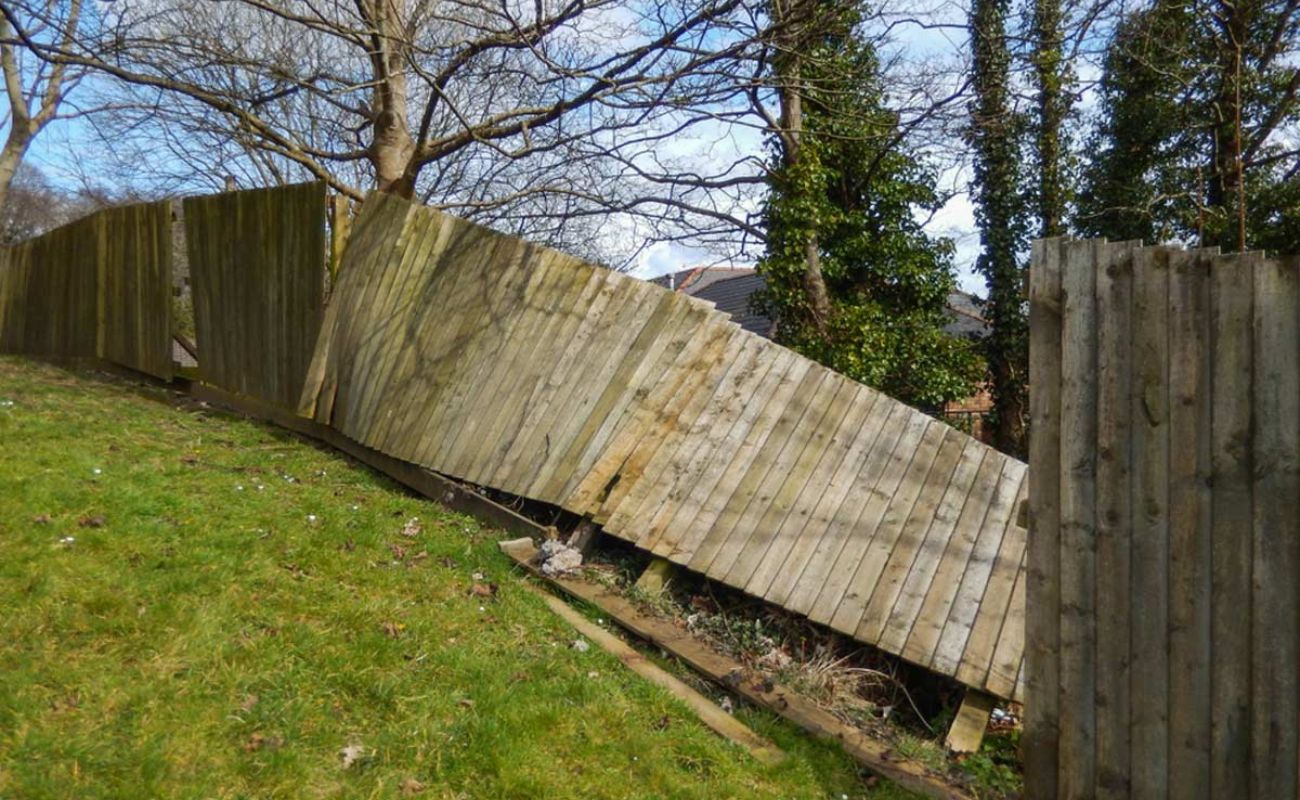
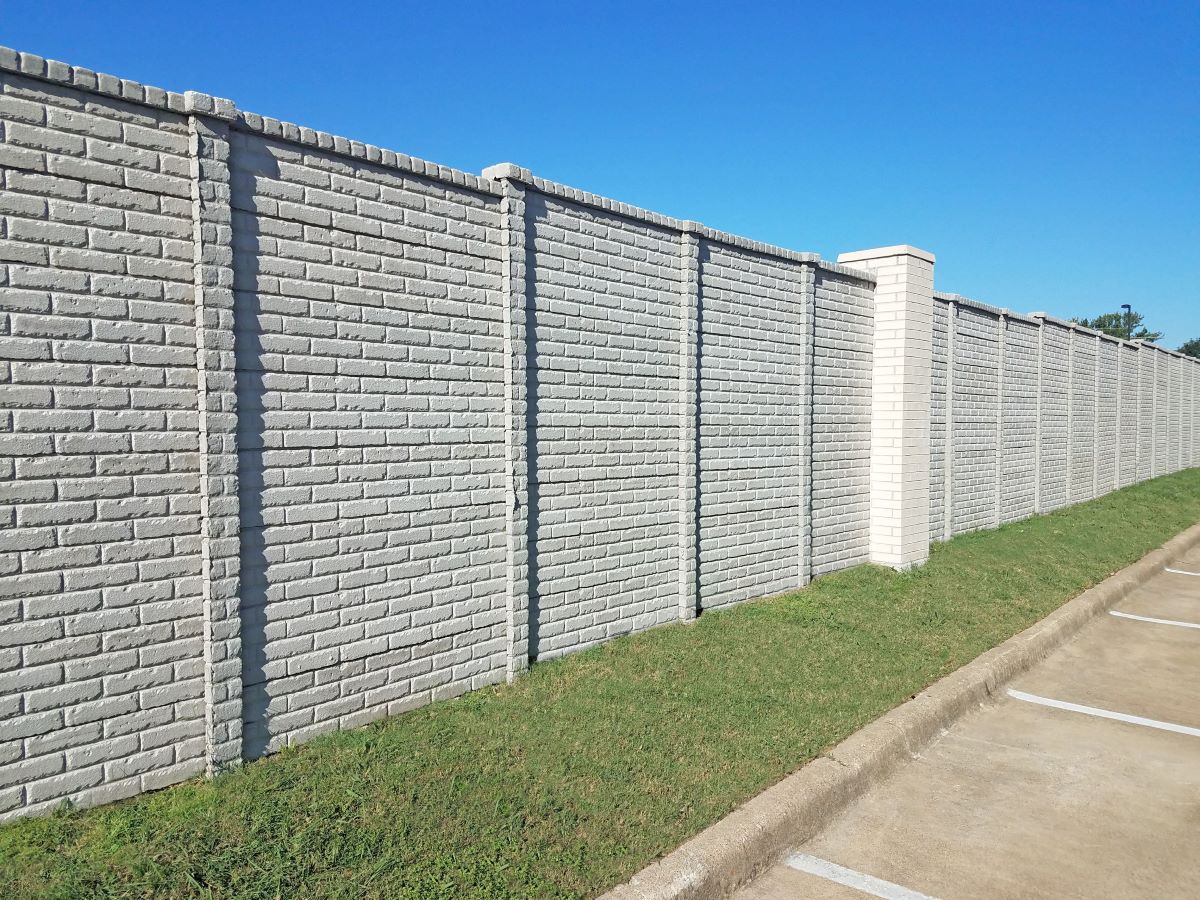
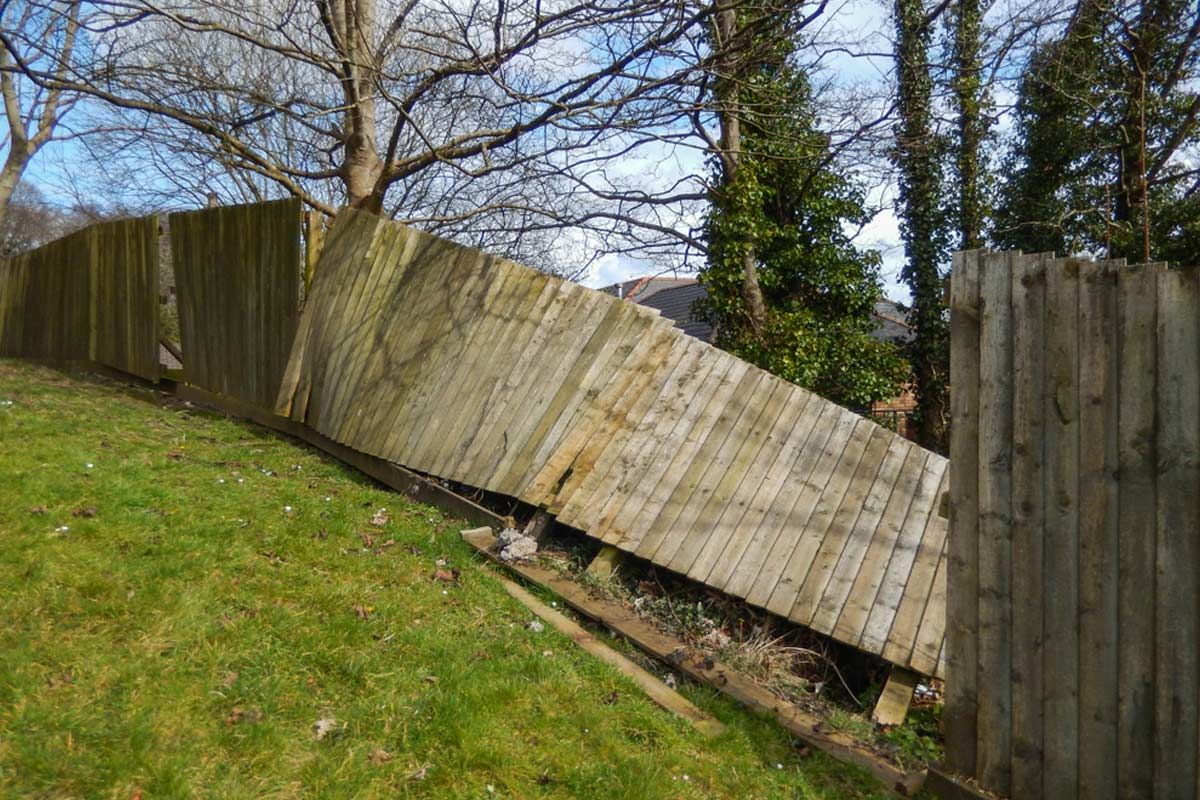
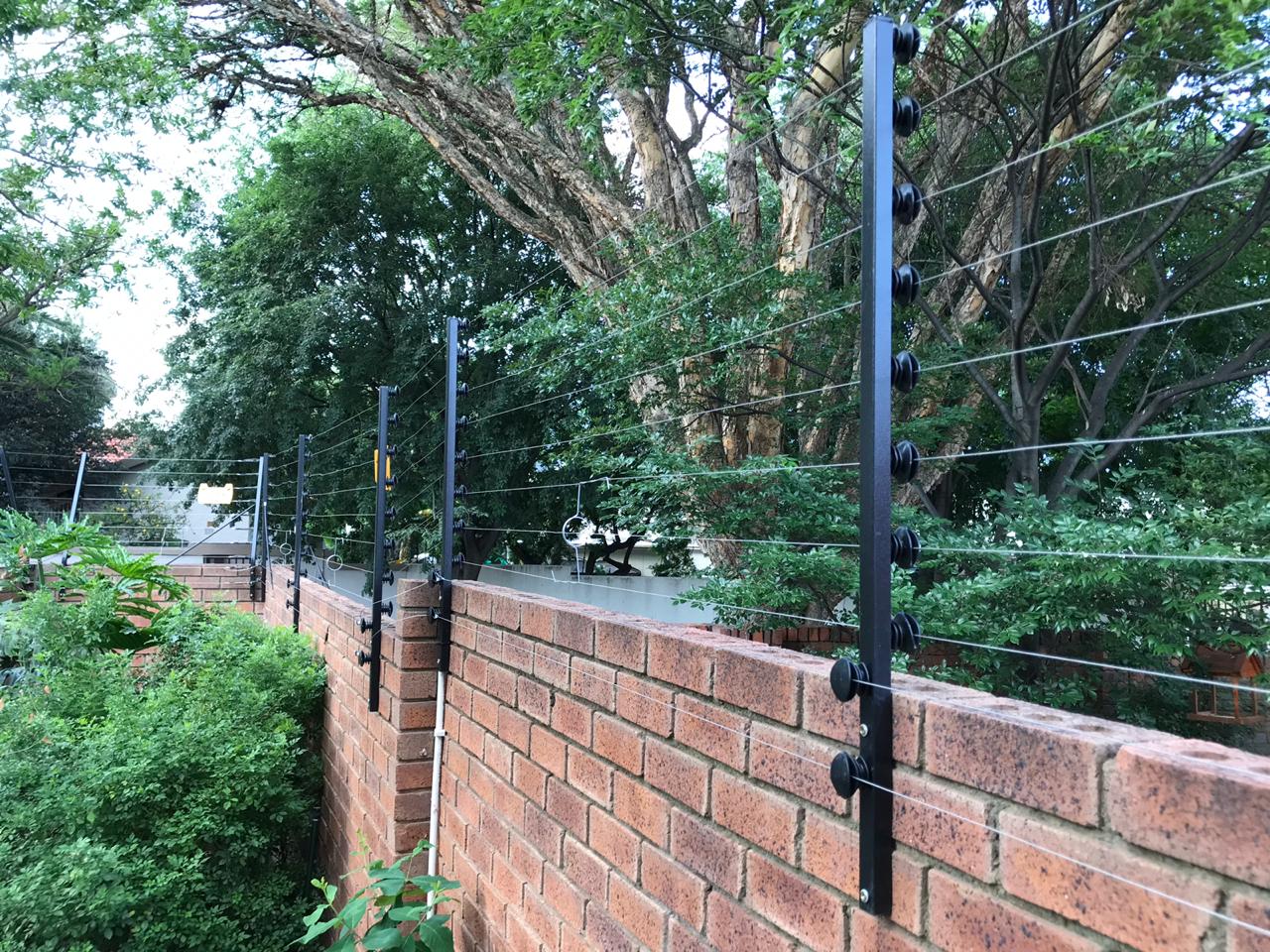
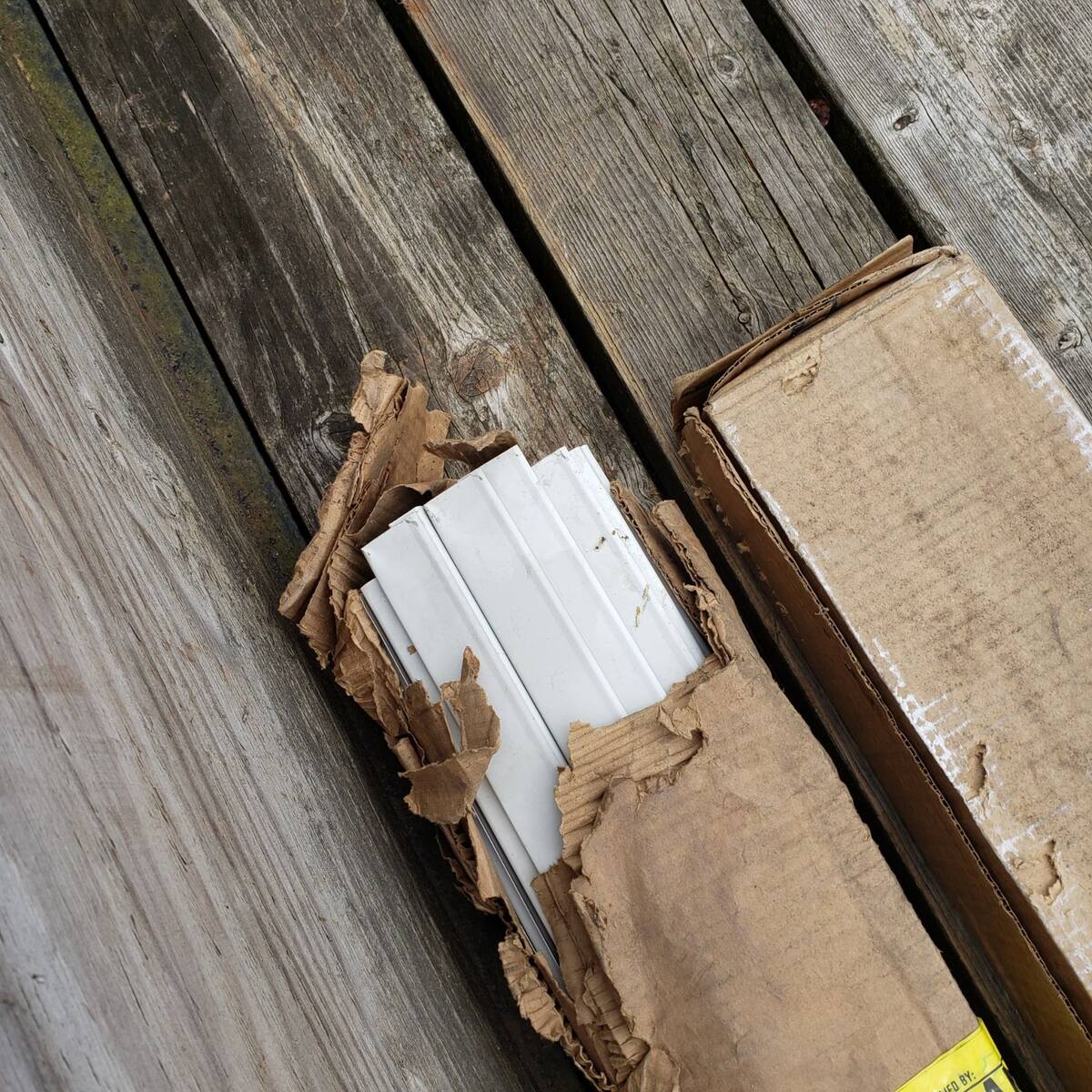
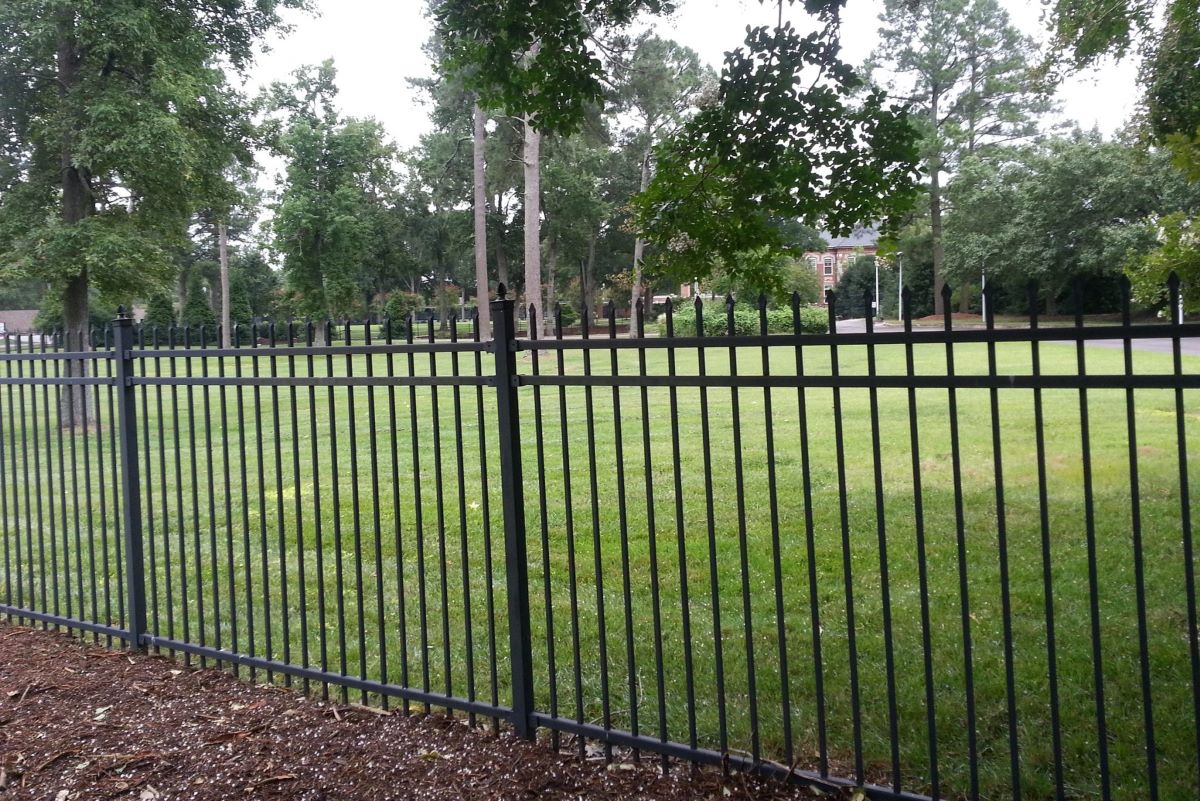
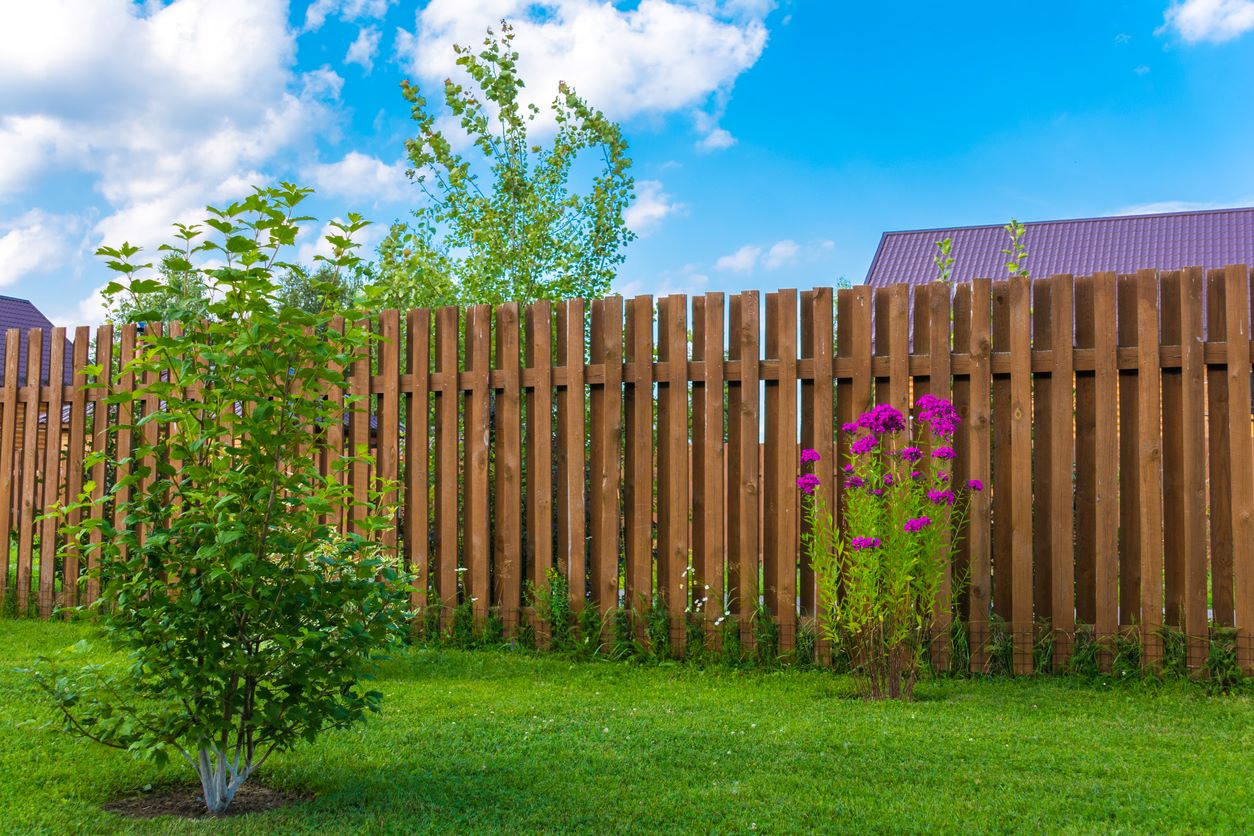
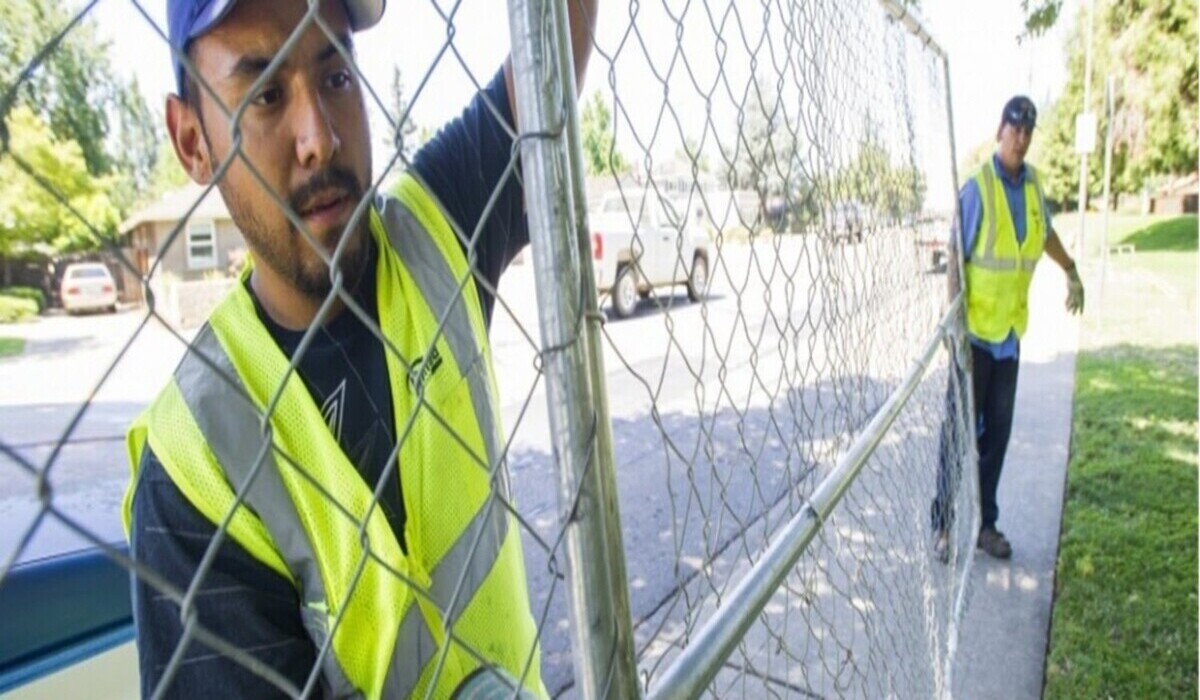
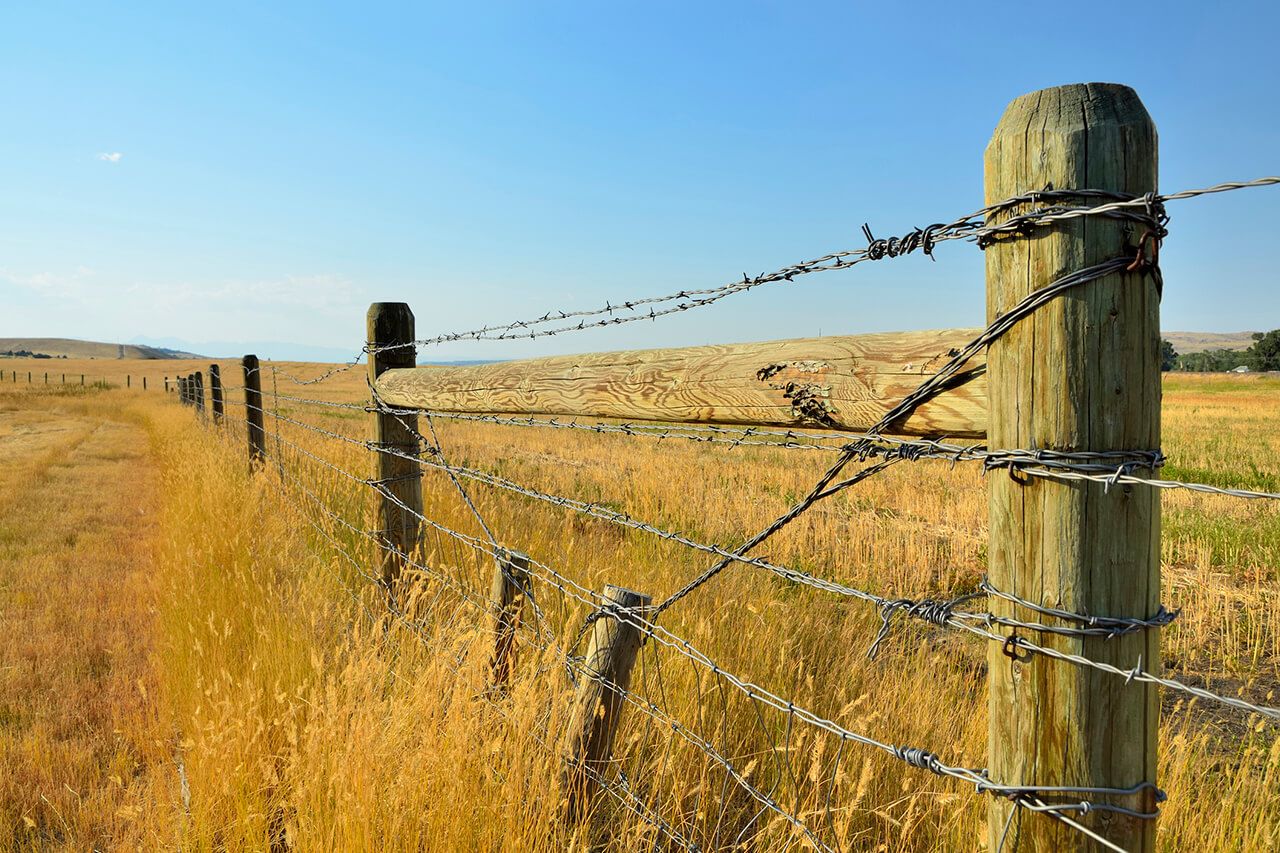
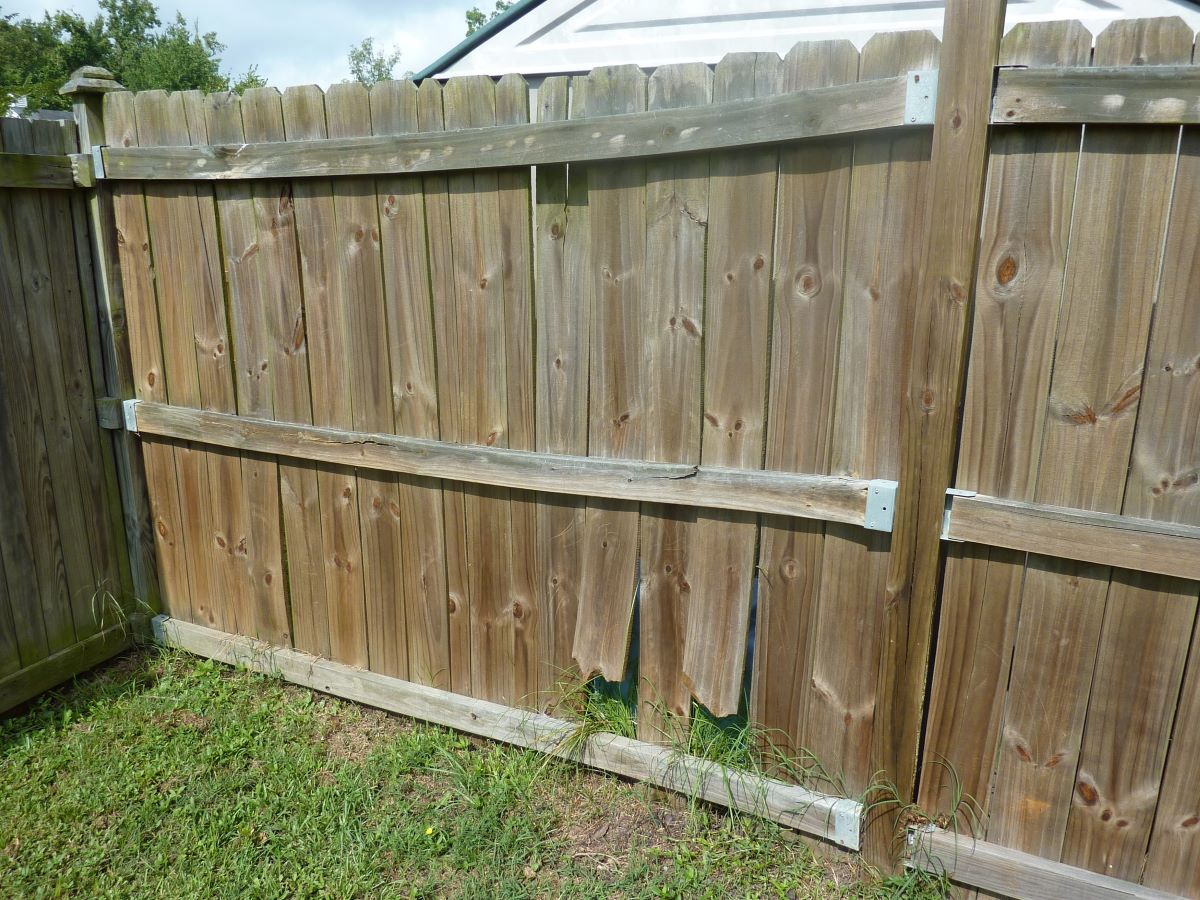

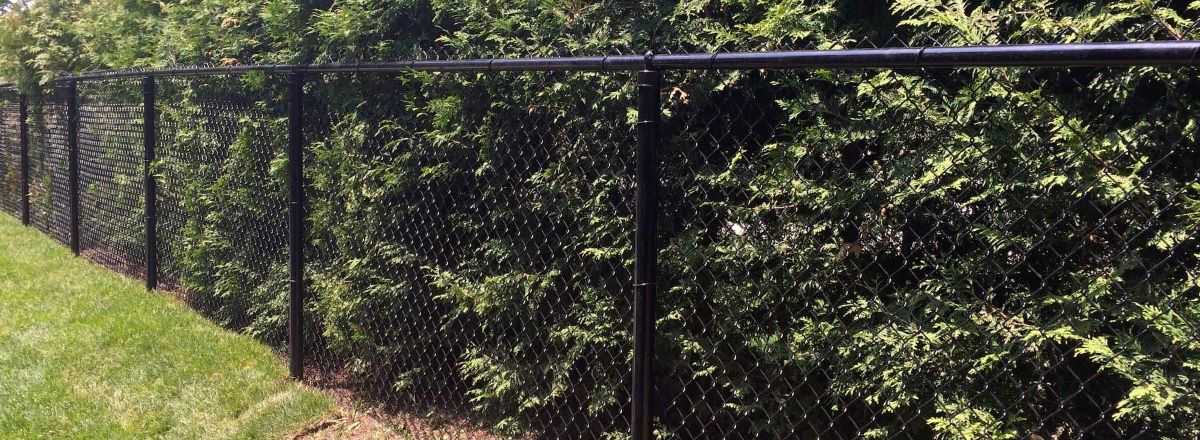
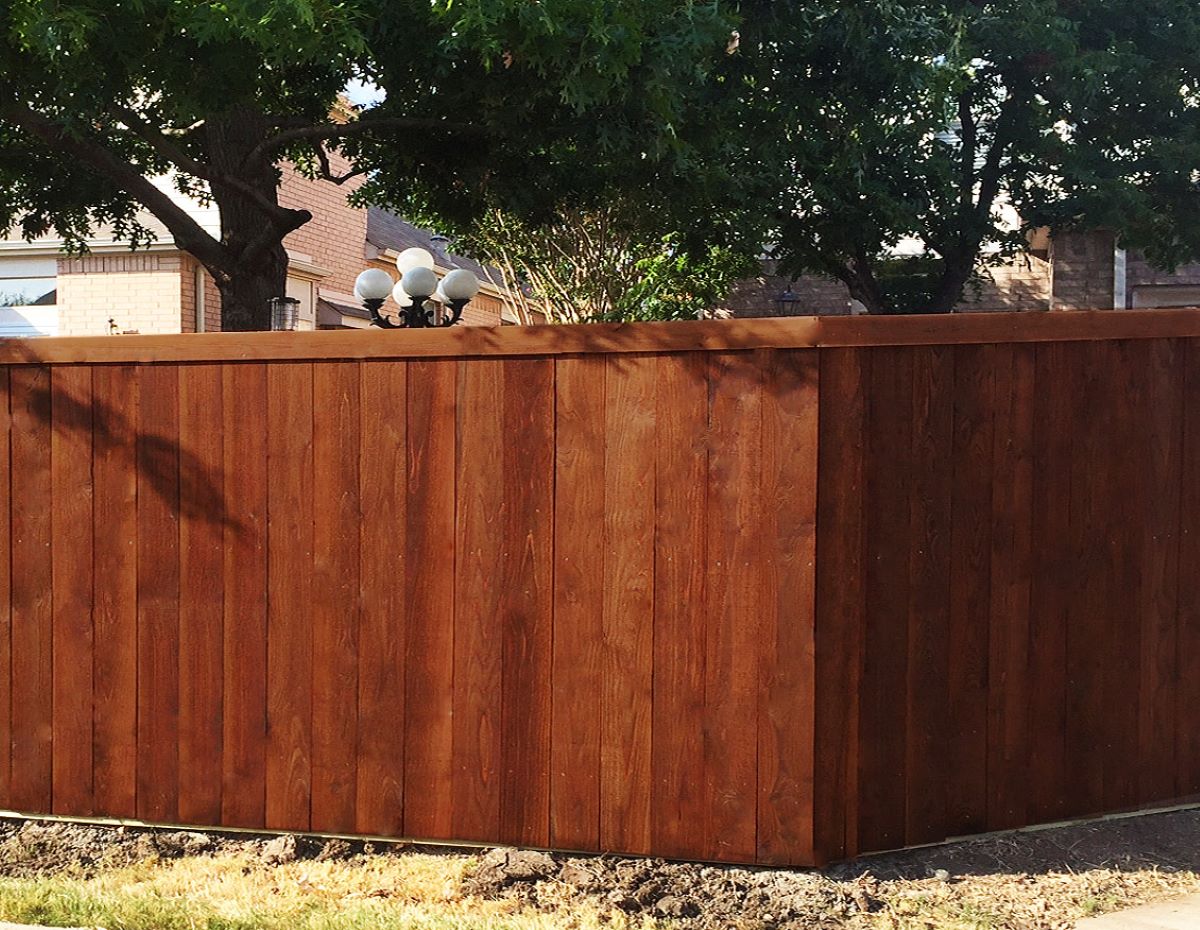

0 thoughts on “How Much Does Vinyl Fence Cost”